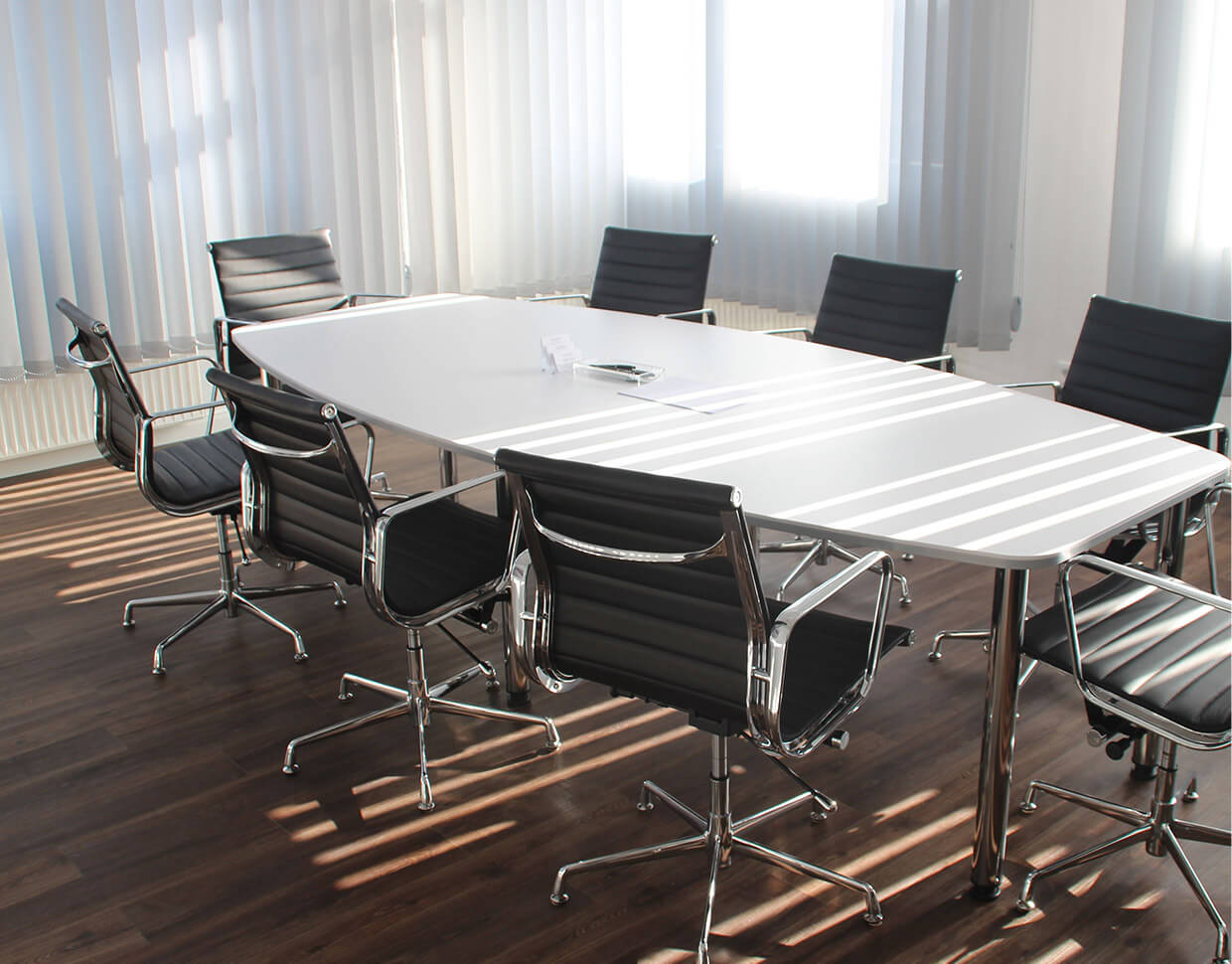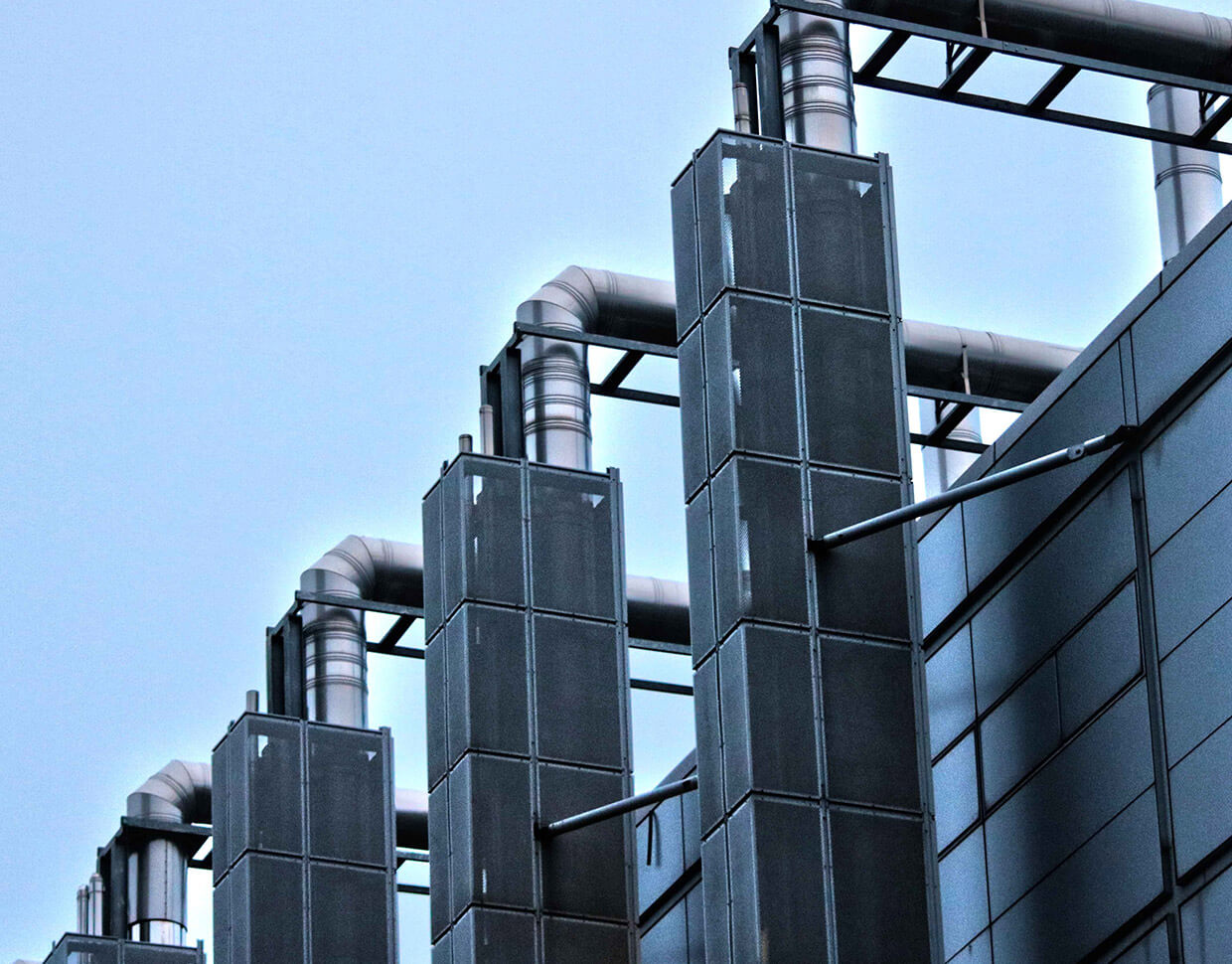
Christmas Train recap on WPBF 25 News
December 27, 2013
FEC Update at TPM 2014
April 7, 2014Florida East Coast Railway Enhances Port Connectivity
By Paul Scott Abbott | Feb 20 2014
Florida East Coast Railway, operator of the 351-mile freight rail system running along Florida’s Atlantic Coast between Jacksonville and South Florida, is poised to efficiently handle increased volumes as Panama Canal expansion moves toward completion. In an exclusive interview with the American Journal of Transportation, James R. Hertwig, president and chief executive officer of Jacksonville-based FEC, said the Class II railway looks to capitalize upon such developments as the recent restoration of on-dock rail at PortMiami, a soon-to-open intermodal container transfer facility at Port Everglades and an expanding South Florida Logistics Center.
“As far as a railroad, we’re, I think, positioned extremely well in South Florida as these ports expand,” Hertwig said. “If you think about it, historically, these ports have really been heavy in the Latin American trade, which is balanced somewhat. But, in the future, I think these ports will be winning the Asia cargo.”

“The good news,” he said, “is that I think what you’ll see is the South Florida ports capturing not only all the Florida traffic – it makes all the sense in the world to put it in there – but I think you’ll see them capture the Southeast traffic.”
At PortMiami, FEC has restored on-dock rail, having begun pulling trains off the port in mid-October.
In March, FEC is slated to complete expansion of loading track to double present capability, and, by yearend, three loading tracks, each 3,000 feet long, are to be fully operational..
Having on-dock rail at PortMiami is a key to FEC’s ability to cost-effectively reach the more than 5 million consumers and tens of millions of annual visitors in the Central Florida market, according to Hertwig. “A market that we have not been able to effectively service is Central Florida, and it’s a huge market,” Hertwig said. “Today, a majority of the freight that comes from ports into Central Florida is trucked from either the South Florida ports, Jacksonville or Savannah.
“For us to try to be competitive before, they’d have to truck containers to our Hialeah rail yard, and we’d have to put them on a train, take them up to Cocoa and then go 30 miles [by truck] for delivery into Orlando,” he said. “By the time you add all those costs in, it was marginal to truck.
At Broward County’s Port Everglades, a July 14 grand opening is planned for a 43-acre ICTF being developed on port property under a public-private partnership.
The $73 million project is being funded via an $18 million state grant, with a $20 million contribution from Broward County in the form of land, and FEC footing $35 million – of which $30 million is by way of a low-interest state infrastructure bank loan. “Right now, we’ve got a small, 12-acre facility, and we’re literally out of room,” Hertwig said, referring to FEC’s off-port Andrews Avenue yard. “It handles about 100,000 lifts a year, while the Port Everglades ICTF is designed to eventually handle as many as 600,000 lifts a year.”

The Andrews Avenue facility, with a pair of 1,250-foot working tracks, presents challenges in building trains as long as 9,000 feet long, often meaning that roadway traffic is blocked on State Road 84. With the ICTF, trains will be built directly at the port, which, combined with a separate highway overpass project, will alleviate roadway blockage concerns.
International containers will come into the ICTF through a south gate without ever going on a public highway, while domestic freight will enter via the front gate, said Hertwig, who termed the ICTF “really very unique” in this regard. “For example,” he said, “if you have a 53-foot domestic container going to Charlotte and a 40-foot [international] container going to Charlotte, the two could be loaded together right at that facility and go on the rail north.”

FEC also holds exclusive rail rights to serve the Port of Palm Beach, in addition to Port Everglades and PortMiami. In addition, the South Florida Logistics Center, being developed by a sister company to FEC, Coral Gables-based Flagler Global Logistics, is seen as presenting additional opportunities, including for refrigerated produce imports from Latin America.
Flagler Global Logistics is building out 200 acres adjacent to FEC’s existing Hialeah intermodal facility. Hertwig said plans call for 1.5 million square feet of warehouse and cross-dock facilities, the first 173,000 square feet of which are already up and running, including chill space with state-of-the-industry fumigation capabilities, with work having begun on the next two buildings.
“Why is that important? We can bring cargo in from the port [PortMiami], put it on our train, run it over 12 miles, not go out on public highways,” he said. “The ocean carriers really don’t want those 40-foot containers going into the hinterlands because they have to figure a way to get them back out to the ports,” Hertwig said. “We currently have all kinds of 53-foot domestic containers down in South Florida, and I think you’ll see the transloading of a lot of that product that comes in, with [cargo from] three of the 40-foot containers transloaded into two of the 53s.
“Those containers are today just coming back up empty on our railroad,” he added. “I think, in the future, you’ll see them carrying loads.”
AJOT Original Article

